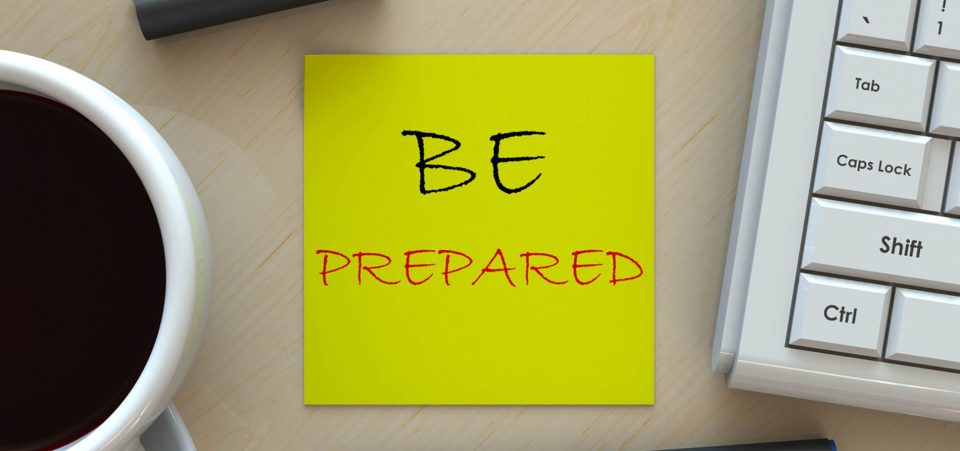Federal Reserve Raising Interest Rates And Selling Bonds
The Federal Reserve has made it very clear that it will be raising the federal funds rate and sell the bonds that it holds on its balance sheet.
By 2020, according to the Federal Open Market Committee (FOMC) projections, the federal funds rate (FFR) is expected to be around 3.0%. Currently, it stands at 1.25%.
As for the bonds on its balance sheet, the Fed will sell about $10.0 billion worth of U.S. bonds and mortgage-backed securities (MBS) per month to start. Then it might increase the amount as time passes. (Source: “Press Release,” Board of Governors of the Federal Reserve System, September 20, 2017.)
The Federal Reserve has about $4.5 trillion worth of U.S. bonds and MBS on its balance sheet.
One Question Investors Must Ask
Looking at what the Federal Reserve is doing, one question must be asked: What will happen as interest rates move higher, and $4.5 trillion worth of bonds are sold on the market?.
Dear reader, the topic of the Federal Reserve’s monetary policy normalization is taken too lightly these days. It could have dire consequences. In fact, don’t be shocked if the Fed is the catalyst for the next big event that surprises investors and causes them to panic.
3 Places to Watch as Rates Increase and Bonds Are Sold
There are three things that investors need to pay extra attention to as all this happens.
First and foremost, remember that we haven’t seen rising interest rates in a while. The last time interest rates were rising was back between 2004 and 2006. A lot has changed since then. Since then, we have seen a major financial crisis. Can the U.S. economy handle higher interest rates?
You see, as the Federal Reserve is raising interest rates, we are seeing the U.S. economy slowing down. A lot of recession indicators are flashing red. Consumption statistics show that Americans are struggling to buy things they want, and debt is soaring.
Second, know that interest rates and bonds have an inverse relationship. As interest rates increase, bond prices go down. Keep in mind, the Fed is also selling bonds as it is raising interest rates. This could be deadly for bonds. We could actually see a sell-off in the bond market. This, in turn, could send waves of severe uncertainty.
A sell-off in the bond market could put the retirements of many Americans on the line. This is mainly because pension funds tend to own long-term bonds. All of a sudden, due to a sell-off in the bond market, pension funds could see a massive decline in their assets.
If you think a sell-off in the bond market can’t happen, you could be truly mistaken. We are starting to see a slight glimpse of it. Since early September, yields on 10-year U.S. treasuries have soared 13%, and the trend suggests that yields could go much higher.
Third, don’t ignore the derivative market. At the end of first quarter of 2017, the notional value of derivatives at U.S. banks was $178.3 trillion. 74.4% of all the derivatives were based on interest rates. (Source: “Quarterly Report on Bank Trading and Derivatives Activities,” The Office of the Comptroller of the Currency, last accessed September 27, 2017.)
Rising interest rates could really impact the derivatives market negatively. We could even see some sort of bank failure because of this.
What Can an Investor Do?
For investors, it’s very important to watch the markets closely and see how it reacts to the Federal Reserve’s policies.
In the midst of this, it wouldn’t be a bad idea to focus on capital preservation rather than being active. In case there’s a panic and a sell-off, the last thing investors would want to do is get stuck and end up with losses.






